Innovation and sustainability to ensure future of Indonesian batik
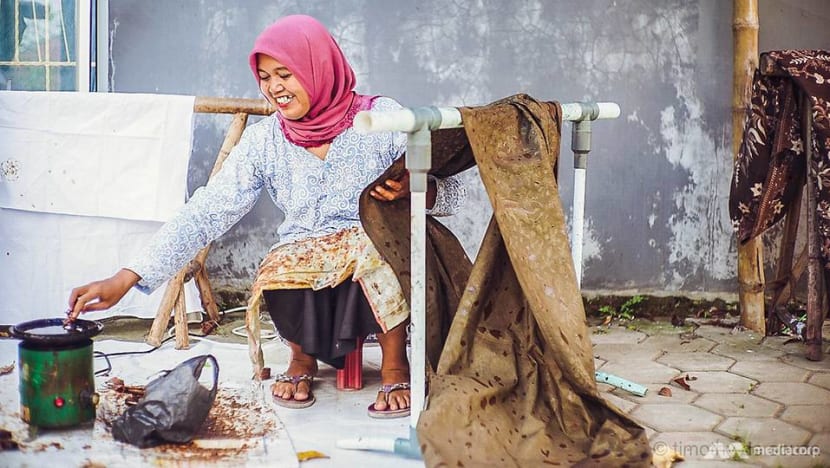
New approaches to making batik is helping sustain the popular artform. (Photo: Timothy de Souza)
CIREBON, Indonesia: Batik is not just a pattern on fabric - it is integral to Indonesian identity.
Every design has a special meaning and a story that has been passed down through the generations by the artisans who have mastered this craft.
Batik is a wearable art created through an intricate process involving wax-resist dyeing cloth and is believed to date back more than 1,000 years in Indonesia. Artists can create complex patterns and add multiple colours by repeating the drawing and dyeing process.
In modern society, it is rare for fashion to last years, let alone centuries, but batik is a living example of a timeless creation. It continues to be worn by all members of society, mostly on formal occasions.
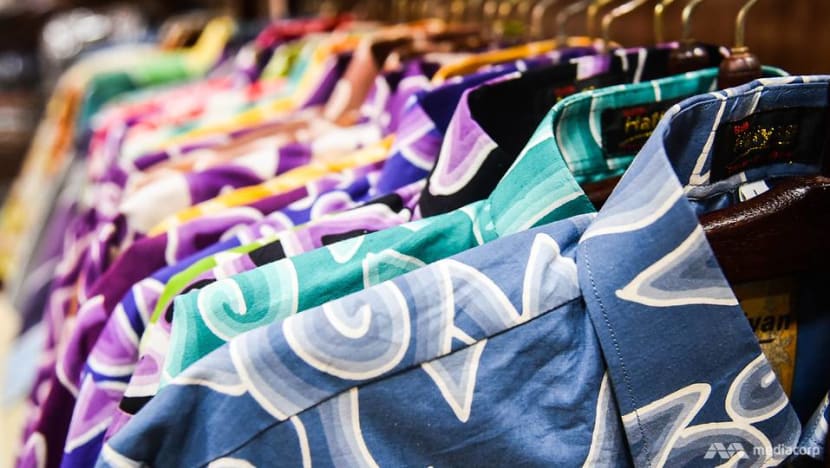
The craft is also ever changing and its makers are evolving their practice using contemporary designs and motifs to attract new buyers, throughout the archipelago and even overseas. Others are looking to the future, with sustainable practices that go back to nature.
One of the revered homes of batik in Indonesia is Cirebon, a port city in West Java, a place where cultures have collided and fused together throughout history. The result is one of the most unique forms of what is indisputably a national treasure.
Traditional designs like the Mega Mendung in Cirebon are as popular now as ever. The omnipresent cloud motif can be found all throughout the streets of the city and the shirts of its people.
Curiously, the Mega Mendung owes much of its foundation to China. In the 14th century, Cirebon was one of the region’s biggest trading centres and Chinese influence can be seen in the architecture, artefacts from the period and in the batik.
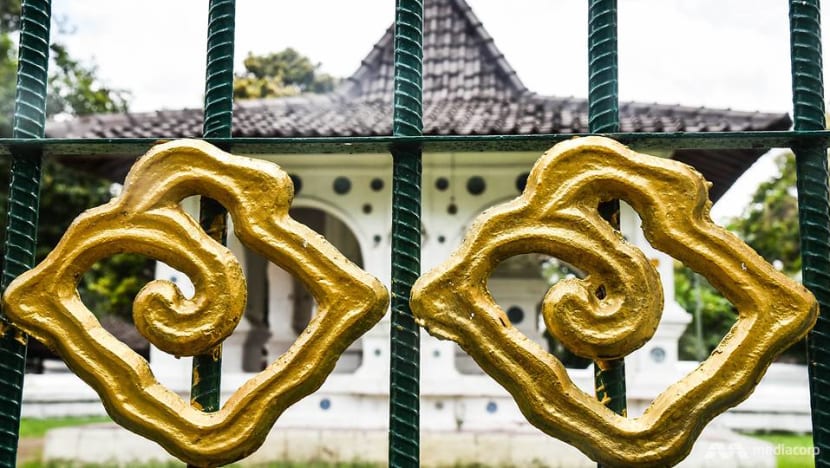
“It has Chinese influences. Just influences. It doesn’t mean that China owns it,” explains one of the city’s grand masters of batik design, Iman Masdiko. He has been perfecting his work for 50 years from his modest workshop in the back lanes of what is referred to as Batik Village, a commercial district for designers and sellers in Cirebon.
The work is painstaking. Iman has an expression of pure focus as he dips a small metal tool called a canting into hot wax and then with ease produces elegant lines on a silk sheet.
“Cirebon batik has its own pride,” he said. “During tough times or happy times, batik should be continued for our future generation so that they will not forget. It has been a huge part of the lives of the Javanese people because batik was their source of life.”
“Hopefully this batik which is inherited from our ancestors, will be continued by our future generation and be educated to everyone, even kids who can’t go to school,” he said.
The popularity of the art form was assisted in 2009 when the UNESCO listed batik as a Masterpiece of Oral and Intangible Heritage of Humanity – or a significant piece of intangible cultural history.
But the artisans of Cirebon continue to innovate to ensure the future sustainability of batik.
Fronting the busy main road through Batik Village is the retail gallery belonging to Heri Kismo Rusima, whose family has long been proudly associated with the industry.
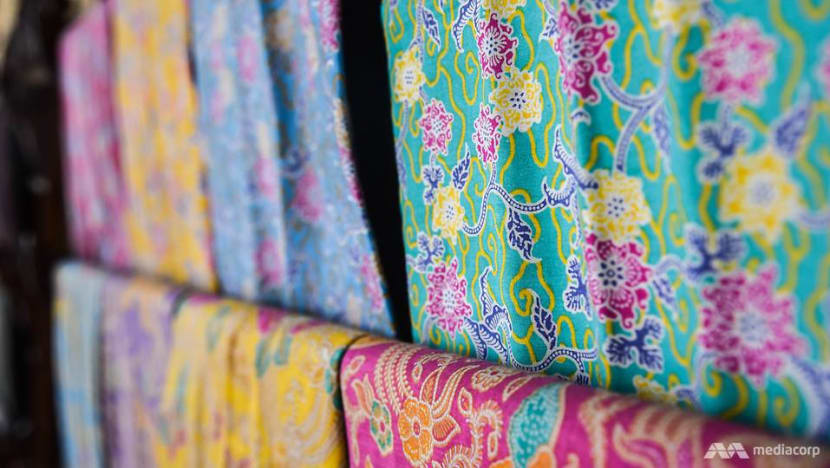
“We are all batik practitioners by blood. Wherever we go, we will come back to batik,” he said seated in his store, busting with a blinding array of materials and clothing. It features the unconventional marriage of different designs and bright, loud colours that might make a traditionalist wince.
In a space that showcases custom designs featuring footballs and Harley Davidson motifs, Heri is unapologetic as he looks to inject new energy into the local industry.
“To make batik more unique so that it can compete with other fashion, what I do is I combine the existing 400 themes with different processes or colourings,” he said. “With the combination of processes, colours and design, market share is able to grow wider. We are able to penetrate to different age groups and also overseas.
“For Japan, they have a higher preference for arts, innovation in arts, handmade innovations. In Europe, they view batik as a form of fashion.

“When we are able to produce more variety of designs, it seems to appeal more to the younger generation,” he said.
In nearby Ciwaringin, a local corporation is taking a different approach, with the environment and community in mind.
Muassomah, 40, is leading a drive to normalise the use of natural dyes sourced from the environment to create the colours in the group’s batik art. With 75 members, she says the enthusiasm to create an authentic product has been genuine.
“Natural dyed batik to me is a breakthrough because before this there was never anything like that in Cirebon and maybe we are one of the creators,” she said. The pieces on display are exquisite, hand crafted and dominated by deep glaucous and rich ochre shades.
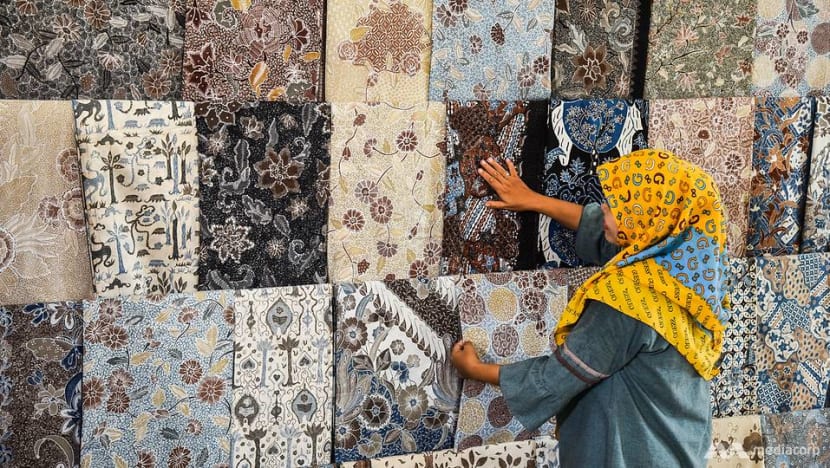
“There is bark of mahogany trees, which will produce the colour red after it has been fixated with chalk. The leaf will produce a black colour after being fixated with iron sulfate. Then there are also more wastes from the market like jengkol skin, husk, peel, mangosteen peel, rambutan peel. They can all be used for natural dye,” she said.
The result is a batik that melds neatly with the “go-green movement”, she says, and results in a sustainable product that is aesthetically unique and subtle.
Most of the batik in Ciwaringin is created by women. And the impact on society since Muassomah began her project has been meaningful.
Many women from the local area would typically move overseas to become domestic workers and send their improved but meagre salaries home to support their families. By offering improved wages producing a niche product, Muassomah says her business has enabled women to now stay in, or return to, Ciwaringin.
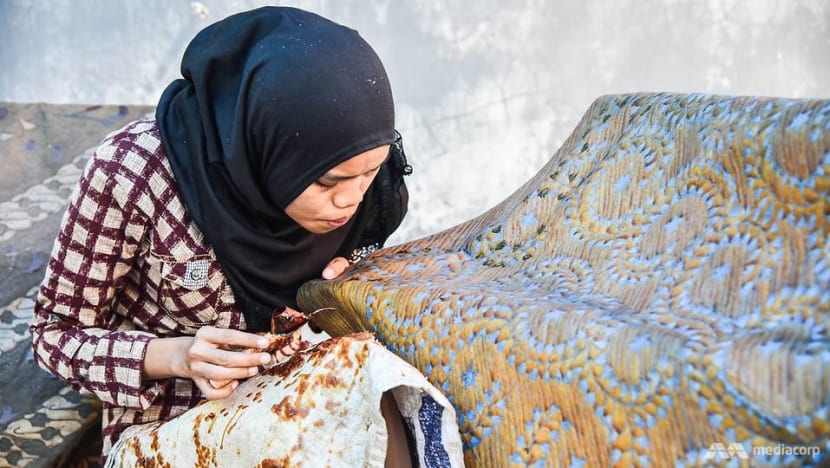
“If they’re here, we can increase the quality of our economy and still be with our families,” she said.
Tourists are seeking out a type of batik that is hard to find elsewhere, made more desirable by the use of the traditional designs of Cirebon, famous across Indonesia.
Just like Heri, Muassomah believes her approach is key to ensuring the future of her craftsmanship and, with a green approach, of the planet.
“I’m 100 per cent optimistic that my initiative to use natural dye will be followed by other batik practitioners in Ciwaringin especially, and then it will be followed by people in the areas around Cirebon,” she said.
“Then maybe the whole of Indonesia will flock to natural dyed batik.”
These are the custodians of what is an ancient practice. Far from dying out, innovation appears to be ensuring that it will thrive for generations to come.
For more on this and other projects around Southeast Asia, tune in to Tapestry: The Heart of ASEAN on Channel NewsAsia every Tuesday from Feb 27 to Mar 27 at 11pm.












